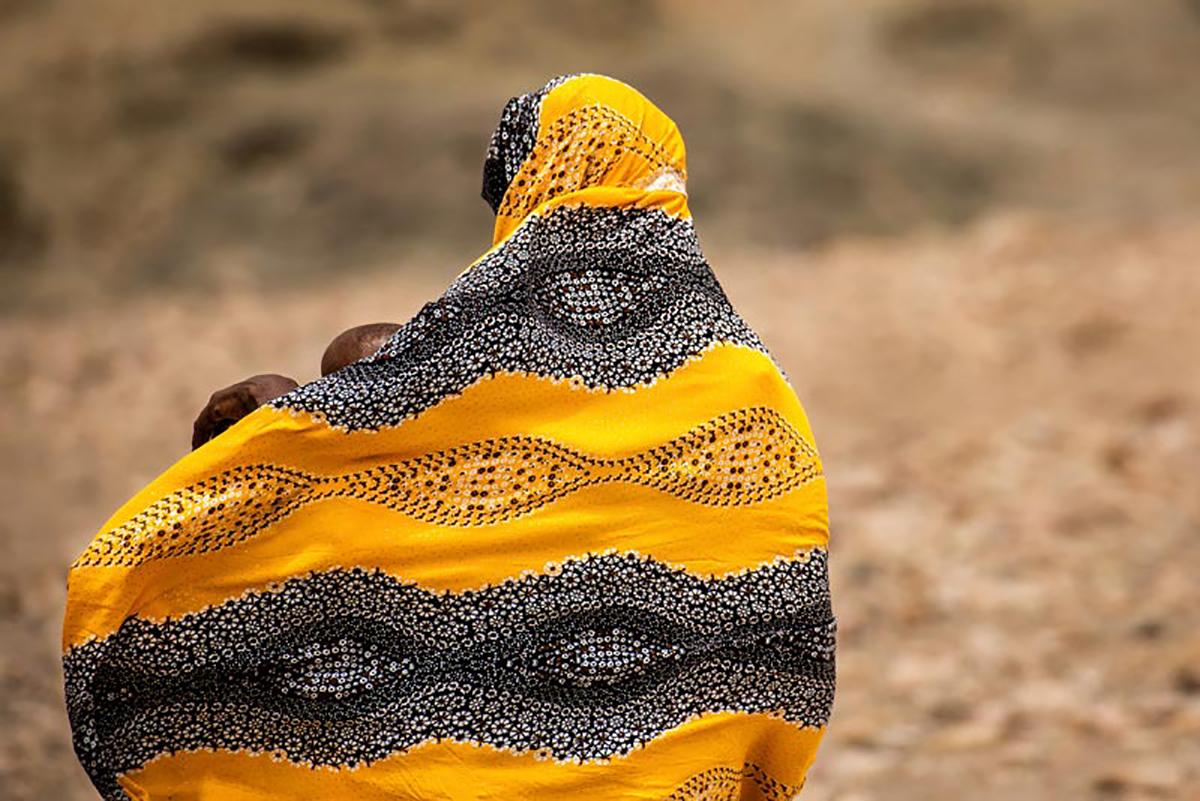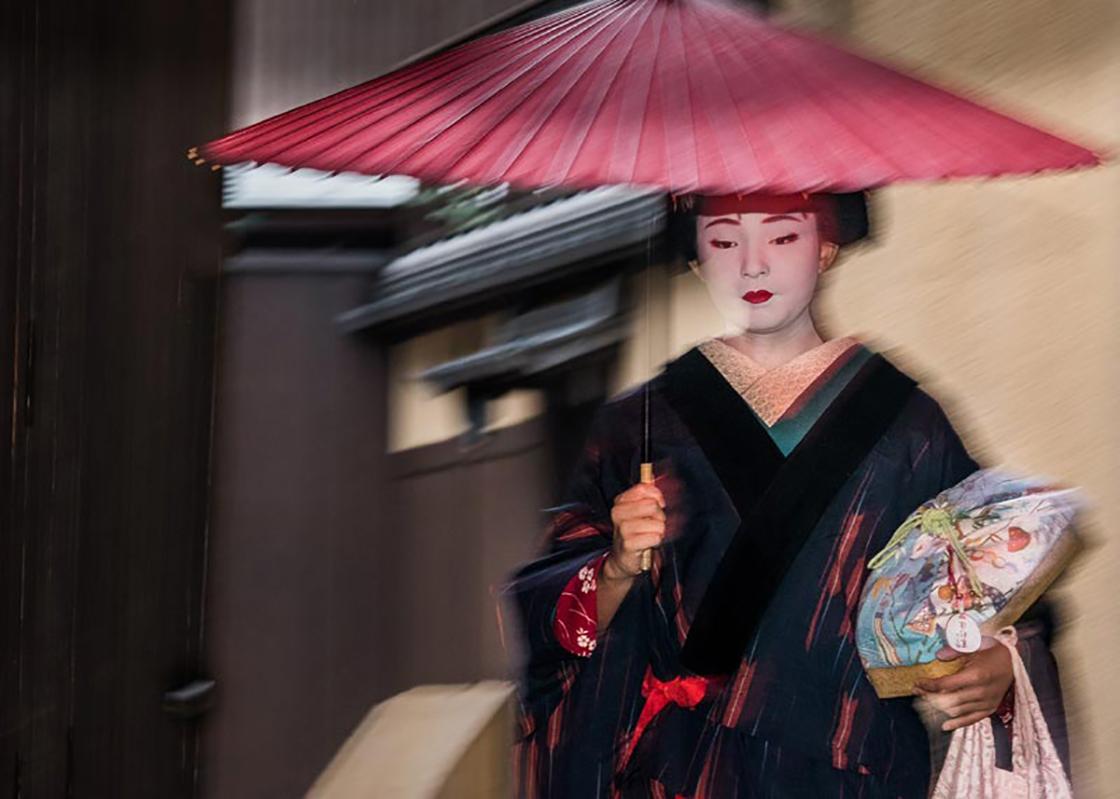Items Similar to Yellow Two Green
Want more images or videos?
Request additional images or videos from the seller
1 of 6
William WegmanYellow Two Green2015
2015
About the Item
2015, pigment print, 30 x 24 inches, edition of 7
We are offering an artist proof.
- Creator:William Wegman (1943, American)
- Creation Year:2015
- Dimensions:Height: 27.75 in (70.49 cm)Width: 20.75 in (52.71 cm)
- Medium:
- Period:
- Condition:
- Gallery Location:New York, NY
- Reference Number:1stDibs: LU46666122

About the Seller
5.0
Recognized Seller
These prestigious sellers are industry leaders and represent the highest echelon for item quality and design.
1stDibs seller since 2011
72 sales on 1stDibs
Typical response time: 15 hours
Associations
International Fine Print Dealers AssociationArt Dealers Association of America
- ShippingRetrieving quote...Ships From: New York, NY
- Return PolicyThis item cannot be returned.
More From This SellerView All
- White OutBy William WegmanLocated in New York, NY2014, pigment print, 43 1/2 x 33 1/2 inches, edition of 7Category
21st Century and Contemporary Color Photography
MaterialsArchival Pigment
- Left Right Black WhiteBy William WegmanLocated in New York, NYA two-panel photograph by the artist from his "Design" series which incorporates furniture by such icons as Charles and Ray Eames.Category
2010s Contemporary Figurative Photography
MaterialsArchival Pigment
- On SetBy William WegmanLocated in New York, NYThis piece is offered framed. The frame size is 23 1/2 x 30 1/2 inches (59.7 x 77.5 cm); the image image size is 20 3/4 x 27 3/4 inches (52.7 x 70.5 cm)Category
21st Century and Contemporary Color Photography
MaterialsArchival Pigment
- Figured BaseBy William WegmanLocated in New York, NY2015, pigment print, 30 x 24 inches, edition of 7Category
21st Century and Contemporary Color Photography
MaterialsArchival Pigment
- Too ManyBy William WegmanLocated in New York, NYPigment print photograph signed and numbered by the artist on the reverse. William Wegman, internationally known for portraits of his adult Weimaraners, has for years made studio ph...Category
2010s Photography
MaterialsPigment
- BenchmarkBy William WegmanLocated in New York, NYEdition of 7Category
2010s Color Photography
MaterialsPigment
You May Also Like
- 'Harvest Dance' Movement dance figures gold yellow orange fire nature wildBy Sophia MilliganLocated in Penzance, GB'Harvest Dance' Limited edition archival photograph. Unframed, hand signed and numbered _________________ Late August, captured in the glow of the evening sun, my daughters join han...Category
2010s Contemporary Figurative Photography
MaterialsArchival Ink, Archival Paper, Giclée, Archival Pigment
- Mother of Two, Africa Photography - Limited Editions of 15By Dorte VernerLocated in New York, NYThis fine art print features back of a woman wearing Yellow-Gray scarf, holding two of her babies. This image was shot by Dorte Verner in Djibouti, East Afr...Category
2010s Contemporary Color Photography
MaterialsArchival Pigment
- Geisha in the Rain (A) - Limited Editions of 15 - Japanese Culture PhotographyBy Dorte VernerLocated in New York, NYThis Photograph features a beautiful Geisha walking it the rain holding a red umbrella. Geisha are Japanese women who entertain through performing the ancient traditions of art, danc...Category
2010s Contemporary Color Photography
MaterialsArchival Pigment
- Geisha in the Rain (B) - Limited Editions of 15By Dorte VernerLocated in New York, NYThis Photograph features a side-view of a beautiful Geisha walking in the rain holding a purple umbrella. Geisha are Japanese women who entertain through performing the ancient tradi...Category
2010s Contemporary Color Photography
MaterialsArchival Pigment
- HUICHOL: MOUNTAIN, DESERT, NEW YORK (`95-`21). Limited edition of 5.By PABLO ORTIZ-MONASTERIOLocated in Ciudad De México, MXDocumentary Photograph. Contemporary Inkjet on cotton. Limited edition of 5. Signed front and verso. Framed in lacquered black frame with spacer) The first person to photograph the Huichol in their remote communities in the inaccessible canyons of the Western Sierra Madre was probably the Norwegian anthropologist, Carl Lumholtz. He ventured into their territory in 1895, shortly before the arrival of the French naturalist and ethnographer Léon Diguet, who was also a photographer. Like so many who were engaged with documenting Indigenous peoples across the Americas in those brutal years of expansion and settlement, Lumholtz believed that the disappearance of his subjects was inevitable: “the weaker must succumb to the stronger, and the Indians will ultimately all become Mexicans.” The photographs of the Huichol by Pablo Ortiz Monasterio—taken on some twenty trips over the past three decades—prove that Lumholtz was fortunately, terribly wrong. They reveal abundant evidence of cultural survival (what the Huichol call “la costumbre”), made possible by their extraordinary resistance to the religious, nationalist, and economic forces that have long assaulted—and that continue to assault—Indigenous communities everywhere. Though Ortiz Monasterio is also an outsider, he does not operate—like Lumholtz or Diguet—as an old-fashioned preservationist, nor is he confident in the superiority of Western culture, nor is his work only destined for museum vitrines...Category
1990s Contemporary Color Photography
MaterialsInkjet, Archival Pigment
- HUICHOL: MOUNTAIN, DESERT, NEW YORK (`95-`21)By PABLO ORTIZ-MONASTERIOLocated in Ciudad De México, MXThe first person to photograph the Huichol in their remote communities in the inaccessible canyons of the Western Sierra Madre was probably the Norwegian anthropologist, Carl Lumholtz. He ventured into their territory in 1895, shortly before the arrival of the French naturalist and ethnographer Léon Diguet, who was also a photographer. Like so many who were engaged with documenting Indigenous peoples across the Americas in those brutal years of expansion and settlement, Lumholtz believed that the disappearance of his subjects was inevitable: “the weaker must succumb to the stronger, and the Indians will ultimately all become Mexicans.” The photographs of the Huichol by Pablo Ortiz Monasterio—taken on some twenty trips over the past three decades—prove that Lumholtz was fortunately, terribly wrong. They reveal abundant evidence of cultural survival (what the Huichol call “la costumbre”), made possible by their extraordinary resistance to the religious, nationalist, and economic forces that have long assaulted—and that continue to assault—Indigenous communities everywhere. Though Ortiz Monasterio is also an outsider, he does not operate—like Lumholtz or Diguet—as an old-fashioned preservationist, nor is he confident in the superiority of Western culture, nor is his work only destined for museum vitrines...Category
1990s Contemporary Color Photography
MaterialsInkjet, Archival Pigment
Recently Viewed
View AllMore Ways To Browse
William Wegman Pigment Print
Los Angeles California Poster
Popular Women Watches
White Metal Bed
Popular Womens Watches
Print Bee
Dior Bad
Double Fantasy
Vintage Fur Paris
Crystal Cloud
Contemporary Old Mine Cut
Snow White Vintage Art
Hermes Birkin Size 20
Male Horse
Baby Stand
Jet Planes
Vintage Watch Photography
Tom Thomas Gallery





